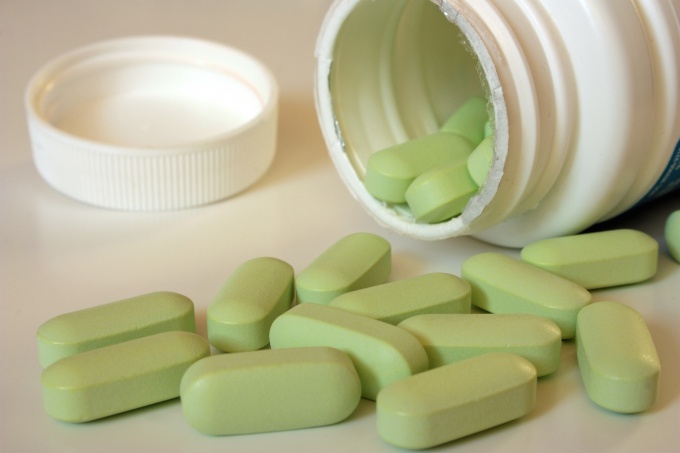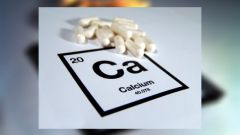You will need
- - analysis of blood;
- - the urine analysis on Sulkowice;
Instruction
1
The amount of calcium is determined by the blood test. In the laboratory determine the concentration of calciumcontained in the serum in three forms – free calcium, its derivatives and calcium is associated with albumin. Rate the content of calcium in the blood is of 2.15-2.50 mmol/L.
2
If you are concerned about cramps, poor condition of nails and hair, disruptions in the heart, bleeding gums, nervousness or insomnia, check whether you have lack of calcium. Low concentration of calcium in the blood can be a symptom of rickets, osteoporosis, chronic renal failure and many other diseases.
3
If you are concerned about weakness, drowsiness, loss of appetite, assess whether you have excess calcium is hypercalcemia. Elevated levels of calcium observed in acromegaly, tumors, excess vitamin D, violation of the thyroid gland.
4
For the diagnosis of rickets note the ratio of concentration of calcium and phosphorus. In the absence of disease, it equals two. If the value is higher, this may indicate the presence of rickets.
5
Diagnosis of rickets is particularly relevant for children up to two years. If your pediatrician suggests that a child's rickets, hand it in the urine sample at Sulkowice. This analysis is the alternative to study the concentration of calcium in the blood. It is based on the evaluation of turbidity of the urine, adding a reagent with oxalic acid. The sample for Sulkowice helps to assess whether there is a deficiency or excess of calcium in the body of the child. If you give baby vitamin D, such analysis helps to track if there is overdose, which manifests itself in the form of hypercalcemia.
Note
Hypercalcemia is particularly dangerous for children in the first year of life, as may lead to disruption of the formation of the skeleton, including, to the premature closure of the Fontanelle.
Useful advice
If you are pregnant or breastfeeding, you especially important to maintain calcium at the proper level. Ensure that the diet was enough foods rich in calcium. It may be necessary and the use of calcium-containing preparations.
Since calcium usually contain vitamin D, don't forget to check it, and in any other vitamin complexes that you take, and eliminate at the time of their consumption.
Since calcium usually contain vitamin D, don't forget to check it, and in any other vitamin complexes that you take, and eliminate at the time of their consumption.


